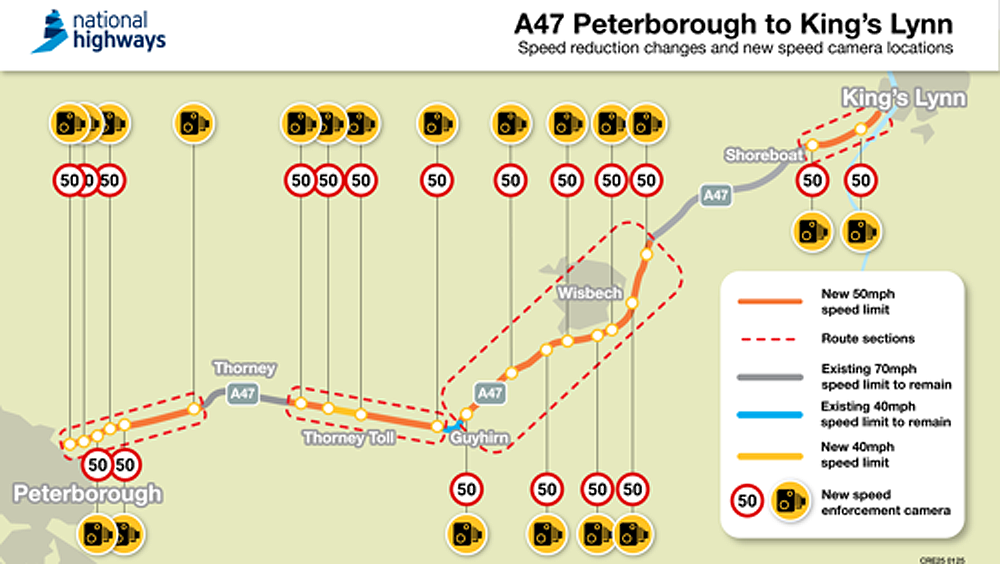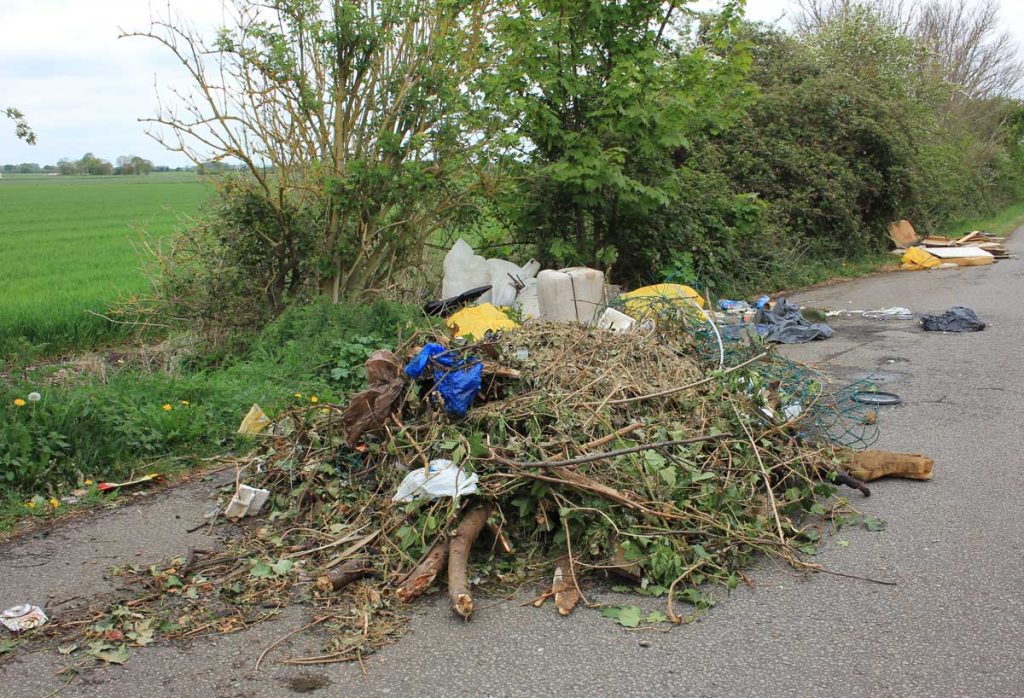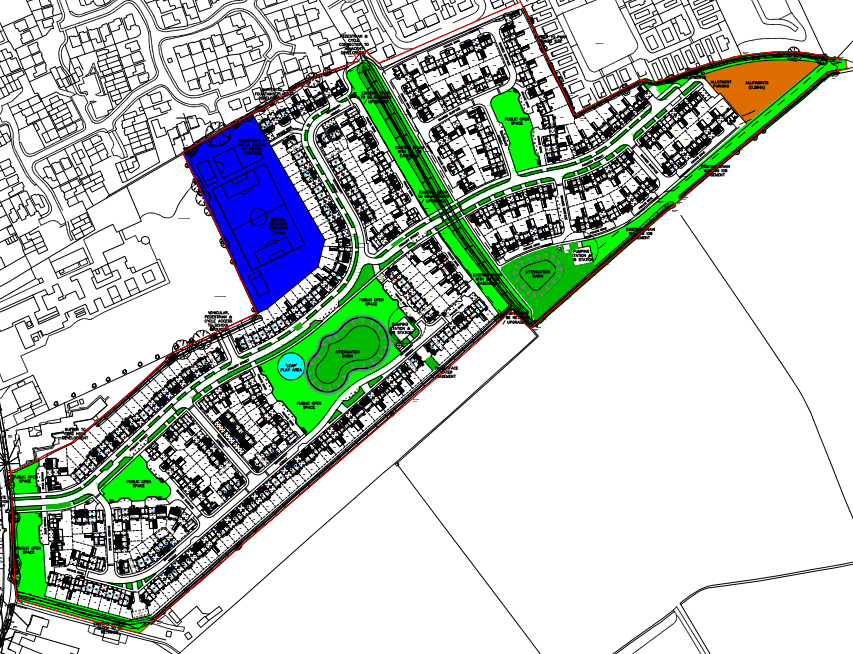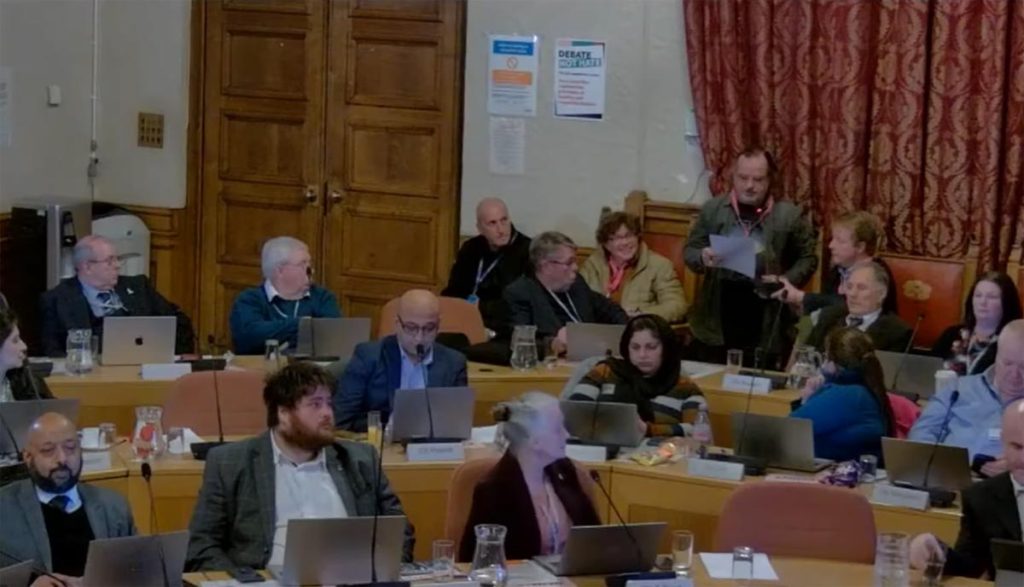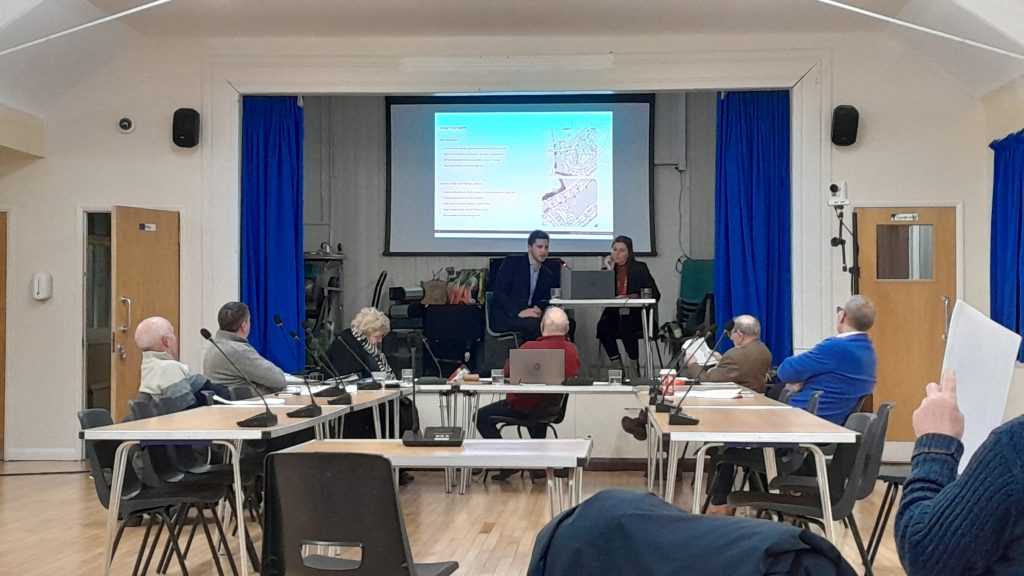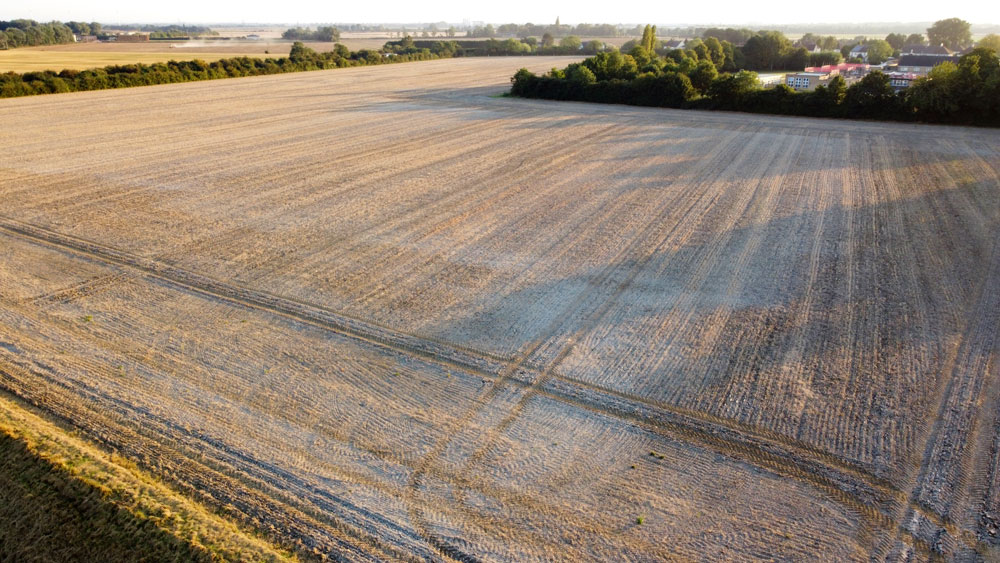
After months of work, the final average speed cameras have now been installed along the A4 A47 between Eye and the A16/Welland Road roundabout. The £6m scheme has seen the installation of 20 new average speed safety cameras as well as the permanent reduction of the speed limit at locations between Peterborough and Kings Lynn. The A16 from Crowland to Spalding which only opened in 2010 saw a similar scheme introduced in 2016 after an above average number of fatalities and serious collisions, they weren’t installed on the section of the A16 between Peterborough and Crowland allegedly due to the cost.
Over the past two decades, traffic levels on the A47 east of Peterborough have increased significantly, leading to regular delays, particularly during peak hours. At one time they would of upgraded the road to dual carriageway, in fact the current combined Mayor, Paul Bristow made dualling the A47 as one of his election pledges. But the cost of projects like that are prohibitive with costs between £20 and £200 million per mile. The A47 Wansford to Sutton dual carriageway upgrade project was projected to cost around £100 million for 1.6 miles before it was cancelled.
The hope is that the new speed cameras and reduced speed limits will help cut the number of fatalities and serious crashes on this busy route. Between Peterborough and King’s Lynn, there were 118 reported injury collisions over a five-year period, resulting in 234 casualties, well above the national average for similar roads*. Thorney Toll, a notorious accident black spot has had it’s speed limit reduced to 40mph.
Last thing to note, satellite navigation systems may take a while to catch up, so keep an eye on your speed!
